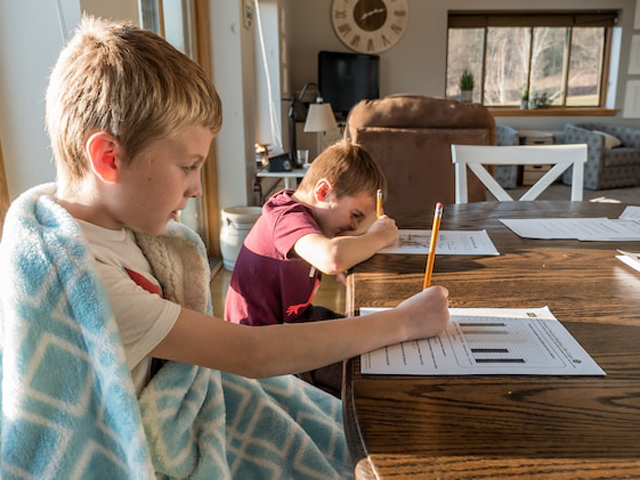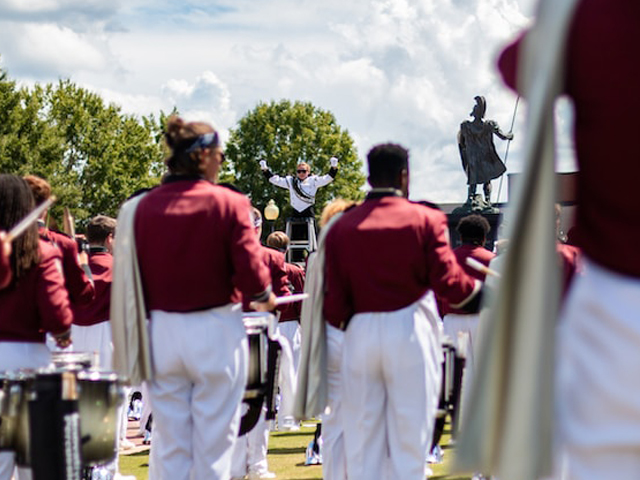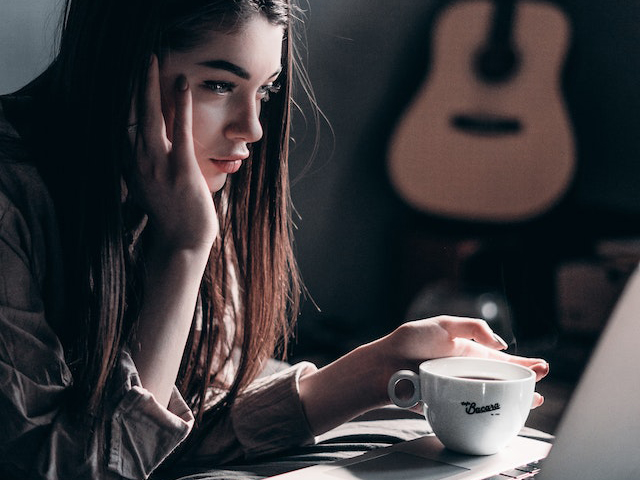
The gaining popularity of artificial intelligence (AI) has led to unprecedented changes in capturing, processing, and enhancing photos. AI photo editing is a fast and intuitive process. Technologies automate routine tasks and enhance photographers’ creative possibilities regardless of proficiency level.
AI-powered features save time and effort. They handle basic adjustments and advanced retouching tasks quickly and precisely. Algorithms can adapt to your unique artistic vision. They allow more creative experiments without compromising quality and consistency.
This article examines current nuances and upcoming trends in photo editing with AI. It explores cutting-edge tools and features, encourages their practical application in your creative endeavors, and explains artificial intelligence’s impact on the future of image post-processing.
Artificial Intelligence Features Revolutionizing Post-Processing
Content-Aware Editing
This feature allows your AI photo editor to recognize specific elements within an image, such as skies, backgrounds, or objects, and make intelligent adjustments. For example, it can help you enhance the sky by adding depth and vibrancy or even replacing a dull sky with a dramatic sunset. This feature is particularly good for landscape photography. Similarly, it can remove unwanted elements, which can help improve your event and travel shots.
Adaptive Presets
This function can improve your images’ quality without compromising their unique characteristics. Using AI to edit photos, particularly portraits, you can adjust skin tones, balance highlights, and enhance shadows across a batch of photos. The presets adapt to the lighting and composition, ensuring the final results are cohesive and realistic.
Intelligent Masking
These tools automatically detect and accurately separate your subject from the background. It is particularly helpful for commercial photography, which requires clean and professional visuals. The subject should immediately catch the viewer’s eye, so the composition should be uncluttered. The backdrop should be plain to emphasize the product instead of distracting from it. Additionally, intelligent masking simplifies tasks such as selective sharpening, making it easier to understand how to sharpen photos in a few clicks. Manual sharpening is time-consuming and inconvenient, especially for commercial projects with vast volumes of files to process. Artificial intelligence simplifies this task, giving you more time and energy for creative experiments.
The Future of Photography With AI
Smarter Context-Aware Adjustments
Technologies develop rapidly, and photo editing software’s image recognition capabilities will soon surpass object sizes and lighting conditions. The tools will be able to define particular pictures’ moods and provide recommendations on combining them into a cohesive visual narrative. For example, AI could automatically detect whether an image is intended to be dramatic, romantic, or casual and apply tailored adjustments accordingly.
Generative AI
Generative tools are already actively used for image enhancement., but their impact is expected to grow over time. Imagine adding realistic elements to a scene—such as a flock of birds in a sunset landscape or creating entirely new backdrops for portraits—without looking for additional pictures and spending time and effort on seamless and realistic blending. It will expand creative horizons for professionals and casual photographers, letting them create unique artworks within seconds.
Real-Time Adjustments
Post-processing is crucial for photography, and it will always remain so. However, the name “post-processing” referring to improving your photos’ quality and appeal may become irrelevant in a few years. Artificial intelligence will let photographers make adjustments during the photoshoot. You will be able to make decisions on lighting, sharpness, or color right on the spot.
Immersive Technologies
The intersection of AI and augmented reality (AR) or virtual reality (VR) will let photographers visualize and improve their work in three-dimensional environments. This approach will provide unprecedented control over depth, texture, and spatial composition.
Collaborative Assistants
Cyber brains will become more than tools. They will be your creative partners, providing real-time suggestions and advice on composition, color theory, or creative angles. This will streamline your workflow and inspire more creative experiments, even for inexperienced photographers and editors.
Ethical Considerations
The advancement of cyber brains introduces risks of losing authenticity and creative identity. Future tools should help photographers define and maintain their creative style instead of taking it away. AI tool developers specify a balance between automatization and individuality as their top priority. Additionally, it is necessary to work on personalization and safety measures to protect unique creations from theft and ensure technologies enhance creativity instead of replacing it.
Conclusion
Artificial intelligence transforms how photographers approach their craft. These tools mark a turning point in revolutionizing photo editing, from simplifying repetitive tasks to enabling bold creative expressions. The future of photography promises to be full of groundbreaking adjustments. Generative tools, real-time editing, and integration with immersive technologies will motivate photographers to push their creative boundaries like never before. With great power comes responsibility. As AI becomes more sophisticated, maintaining authenticity and preserving creative identity becomes pivotal. Creators must learn to view a machine as a collaborative partner that enhances, rather than overshadows, their vision. The future of photography is here—powered by AI and ready to elevate your work to extraordinary heights.











